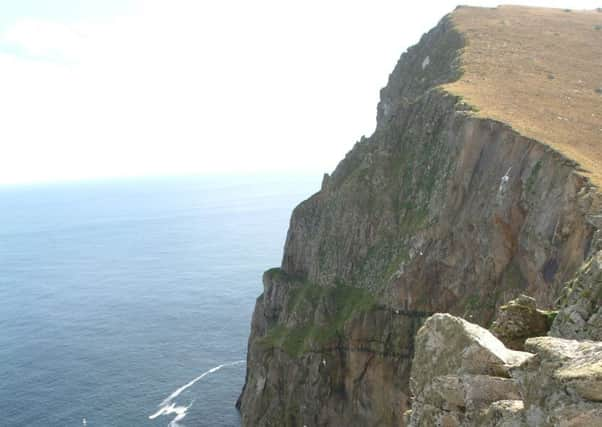New protections come into force for the seas around St Kilda


The conservation charity which cares for the remote archipelago has welcomed the measures which mean that some fishing methods are no longer allowed in the area.
St Kilda is celebrating its 30th anniversary as a World Heritage Site (WHS) later this year.
Advertisement
Hide AdAdvertisement
Hide AdThe international status was initially awarded for the islands in recognition of their natural heritage, exceptional natural beauty and for the significant natural habitats that it supports, notably the largest seabird colony in Europe.
This designation was extended to include the sea around St Kilda in 2004.
There are only 47 marine World Heritage Sites in the world and this accolade puts it in the same category as the Galapagos Islands and the Great Barrier Reef.
Senior Nature Advisor, Dr Richard Luxmoore said: “It is a great relief that as the 30th anniversary of St Kilda’s World Heritage status approaches, this new protection for the sea is finally in place, after years of campaigning.
Advertisement
Hide AdAdvertisement
Hide Ad“Although these waters have been a marine Special Area of Conservation since 2005, in practice, there was no legislation stopping harmful fishing methods.”
As well as banning the use of trawl nets and dredges, which are capable of damaging the very rich sea life on the seabed around St Kilda, the use of set nets has also been prohibited - these curtains of net hang vertically in the water and catch certain species of fish, like spiny lobsters, known locally as crayfish.
Dr Luxmoore continues: “Unfortunately these nets can also entangle other wildlife, notably seals and seabirds.
“And while we don’t know the scale of this issue, the decision to ban them is a welcome precaution that will benefit St Kilda’s million seabirds.”
Advertisement
Hide AdAdvertisement
Hide AdSt Kilda is not completely off limits for fisherman, however.
Creel fishing for lobsters and crabs continues within the World Heritage Site. These cages cause less damage to seabed features than trawl nets.
To find out more about World Heritage sites are the world visit website: here.